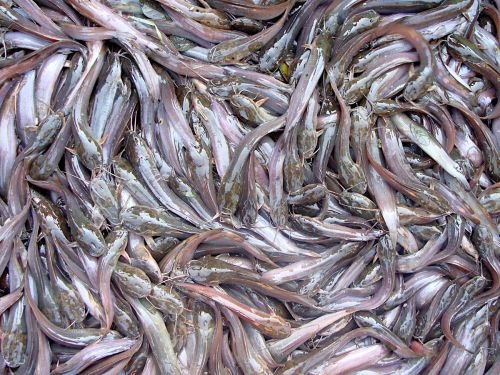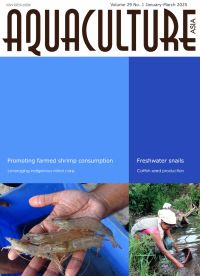Shaping the future of Indian aquaculture: A path to captive catfish seed success
15 March 2025 | S.K. Sahoo, S.N. Sahoo and S.S. Giri | 695 Downloads | .pdf | 2.35 MB | Freshwater finfish, India, Inland aquaculture
Indian aquaculture has expanded beyond major carps to include diverse species such as catfish, driven by high consumer demand for their taste, soft flesh, and live marketability. However, the sector faces a major challenge: the lack of captive seed production. Relying on wild seed collection is unsustainable, necessitating the development of controlled breeding techniques. This article provides an overview of induced breeding and seed production methods for key catfish species, including Clarias batrachus, Heteropneustes fossilis, Wallago attu, Ompok spp., Mystus cavasius, Rita chrysea, Horabagrus brachysoma, and Pangasius pangasius.
The breeding protocols outlined include hormone-induced spawning using Ovaprim, Ovatide, LHRHa, and pituitary extracts. Specific methodologies for fertilisation, larval rearing, and early-stage feeding strategies are detailed to maximise survival rates. Controlled hatchery systems, optimal water quality management, and feed transition strategies from live to formulated feed are discussed to improve fingerling production.
By adopting these techniques, Indian fish farmers can enhance catfish seed availability, supporting the government’s push for aquaculture diversification. Sustainable captive breeding will reduce pressure on wild populations while ensuring a reliable supply of high-quality catfish seed for commercial farming.
Creative Commons Attribution.

